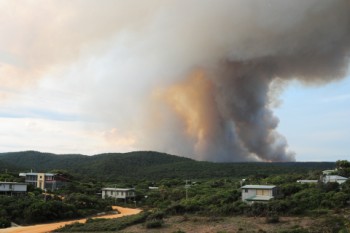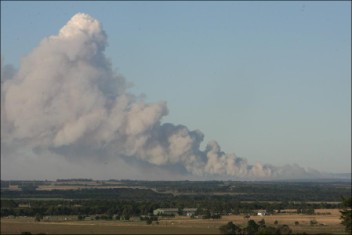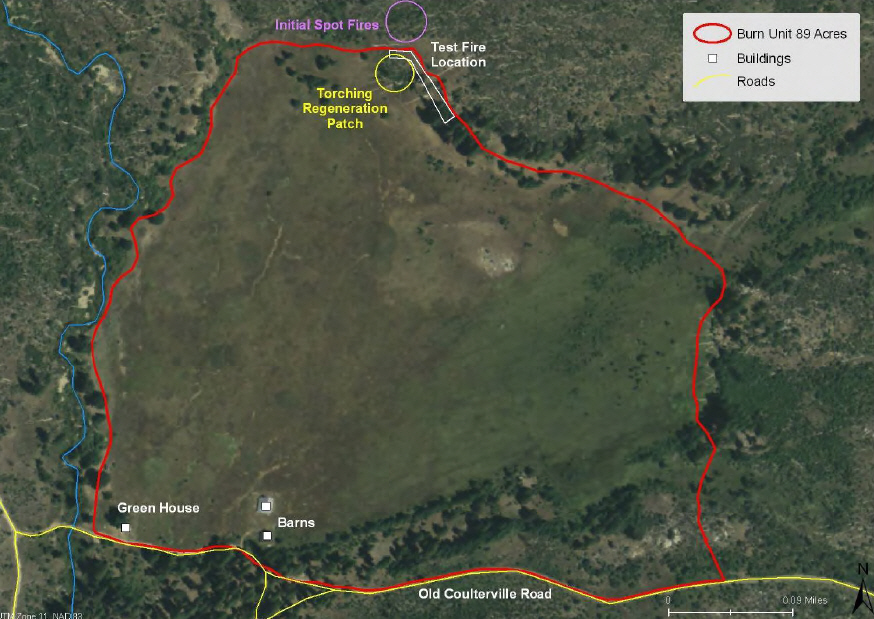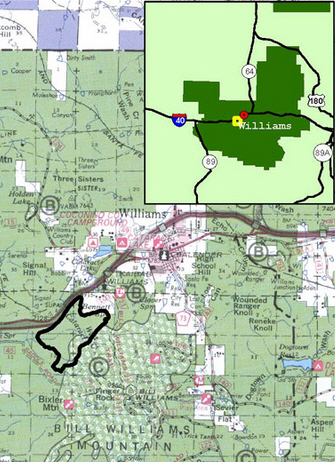
When the Mill Flat “fire use” fire, which had been managed for almost a month, escaped, ran out of the Dixie National Forest, and burned six homes in New Harmony, Utah on August 29, 2009, the U.S. Forest Service District Ranger, Bevan Killpack said:
We just felt helpless and sick.
The Forest Service has released the review of the incident. It listed these among the lessons learned.
================================
Safety:
The identification and management of risk to firefighters was consistently the highest priority, and this diligence to minimizing human risk exposure contributed to the most important outcome; there were no fatalities or serious injuries as a result of the management of the Mill Flat Fire.
Fire Behavior:
Fire behavior projections have a shelf life. Early modeling provided predictions that informed management decisions in late July and early August, but as live fuel moisture conditions changed the earlier projections were no longer accurate or reliable.
Policy:
Late breaking changes in policy interpretation, new terminology and new decision support software should be seen as a red flag. While these changes just prior to the onset of western fire season were not determined to be responsible for negative outcomes at Mill Flat, it added to the overall confusion and uncertainty and was often a barrier to communication internally and externally. The Wildland Fire Decision Support System (WFDSS) was new in 2009, and there were issues related to clarifying objectives and strategies within WFDSS as it differs from the old system in several important ways. A protocol to guide risk-assessment and decisions on long duration fires would benefit fire managers nationwide.
Situational Awareness:
Managers on the Dixie National Forest have a great deal of experience in successfully managing unplanned ignitions, and one of the results of that history is an expectation of success. Fire managers expected a positive result, fostering a “can do” attitude among the staff in which people who felt concerns about the fire did not feel they could speak up. This view became a lens through which information was filtered, to some extent de-emphasizing concerns raised by the public, obscuring indicators that may have pointed toward changing conditions, and emphasizing the importance of data that supported their vision of a successful outcome.




